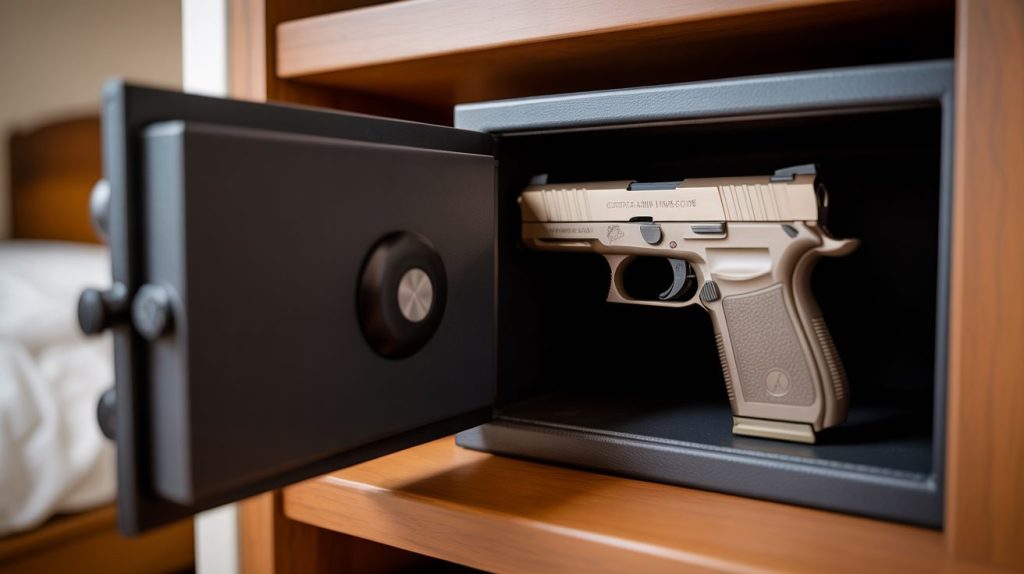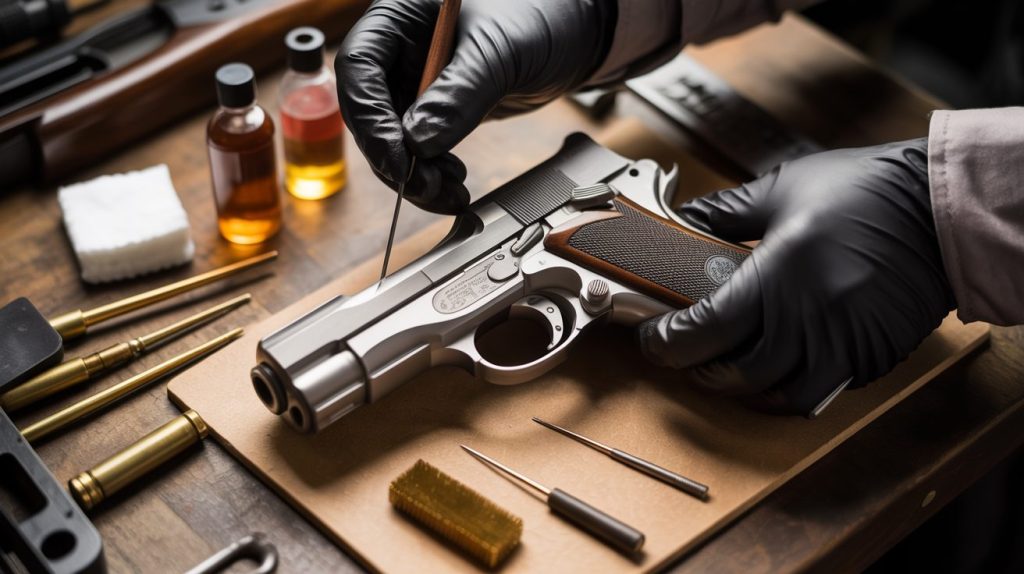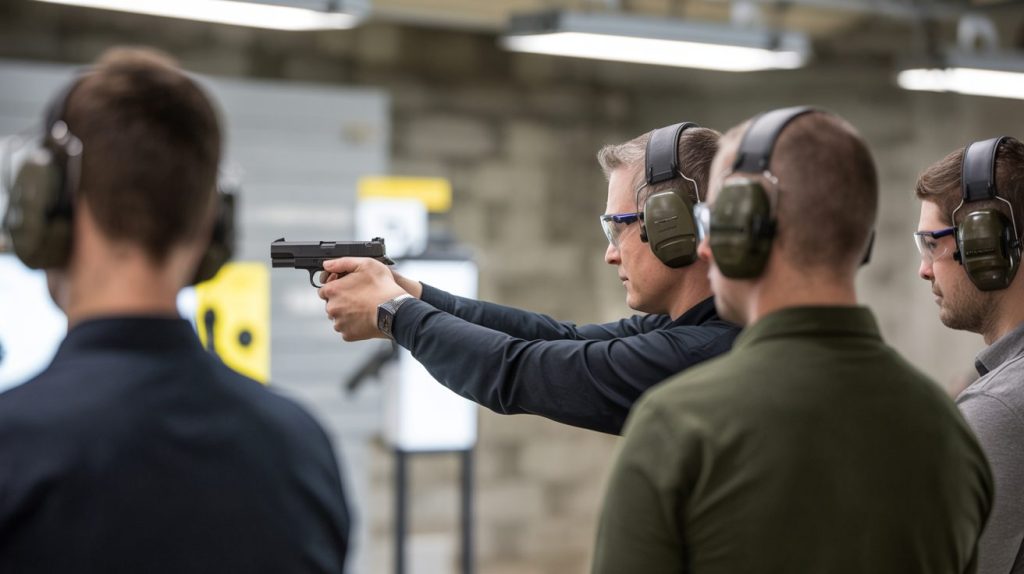Handguns can be a practical option for home self-defense when chosen responsibly and stored safely. This article explains why some homeowners consider a handgun for protection, covers essential gun-safety practices, recommends reliable makes and models, and stresses training, maintenance, and secure storage so a firearm protects your family — without becoming a hazard.
Why some people choose a handgun for home self-defense
A handgun offers immediate defensive capability in close quarters inside the home where threats are often sudden and at short range. For many people a handgun is compact, easy to store accessibly, and can provide a psychological sense of preparedness. That said, a firearm is a serious responsibility — owning one means committing to training, safe storage, and regular maintenance to prevent accidents.

Safety first — the non-negotiables
Treat every firearm as loaded. Always assume a gun is loaded until you personally verify otherwise.
Finger off the trigger. Keep your finger off the trigger and outside the trigger guard until you have identified a target and decided to fire.
Know your target and what’s beyond it. In a home, walls, neighbors, and family members are all possible beyond-the-target hazards.
Secure storage. Use a lockbox or safe with a combination or electronic lock. For everyday access, consider a quick-access safe that still keeps the gun locked from children and unauthorized users.
Keep ammunition separate. Many experts recommend storing ammunition separately from the firearm when practical.
Teach and enforce rules. If children are in the home, establish and enforce strict firearms rules — and keep firearms inaccessible to them at all times.
Training — don’t skip this
Take a basic safety course at a local shooting range or certified firearms school. This teaches handling, loading/unloading, safe storage, and the legal/ethical considerations of using force.
Practice regularly. Shooting skills degrade without practice. Range time improves accuracy, recoil control, and safe handling under stress.
Home defense scenarios and mindset training. Learn decision-making under stress and how to move safely in your home. Some ranges and instructors offer force-on-force or simulation training.

Maintenance and readiness
Clean and inspect regularly. Proper cleaning and inspection keep a handgun reliable. Follow the manufacturer’s recommended cleaning schedule.
Store safely but accessibly. Balance between safety (locked and safe) and the ability to access the firearm during a genuine emergency. Quick-access safes are a common compromise.
Know local laws. Understand storage laws, licensing/permit requirements, and laws on defensive use of force in your state.
Popular, reliable handgun brands (good starting point)
- Glock — models like the Glock 19 are widely used for self-defense for durability and simple controls.
- Sig Sauer — e.g., the P320 or P365 lines for ergonomics and trigger quality.
- Smith & Wesson (M&P series) — good ergonomics and reliable service.
- CZ (P-10 C) — praised for trigger feel and accuracy.
- Ruger — e.g., Ruger Security-9 or Ruger LCP for compact options.
(Models listed are examples; choose a size and caliber that fits your comfort level. Try a rental at a range before
buying.)

Caliber and size: pick what you can control
9mm is the most common recommendation for a mix of manageable recoil, magazine capacity, and availability.
Compact vs full-size: Full-size pistols are easier to shoot accurately; compacts are easier to carry and conceal. For home defense a compact or full-size that you can shoot well is usually best.
Legal and ethical considerations
Know your state’s laws about firearm possession, storage, and self-defense.
Use of force: Lethal force is a last resort. Understand when defensive force is legally and ethically justified.
Final takeaway
A handgun can be an effective part of home self-defense — but only when paired with responsible ownership: secure storage, consistent training, proper maintenance, and legal knowledge. Prefer “prepared and trained” over “armed but untrained.”


